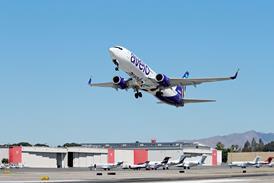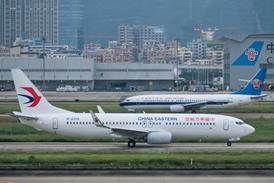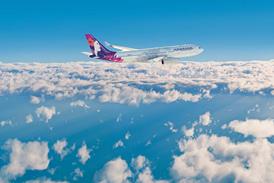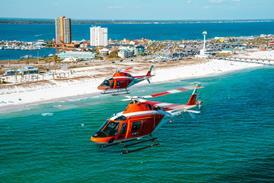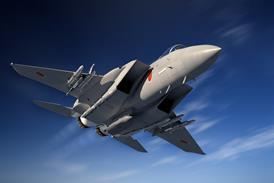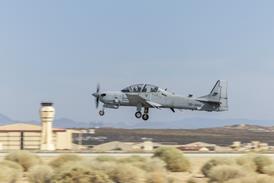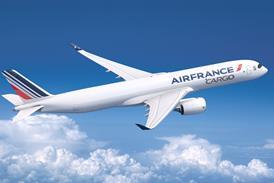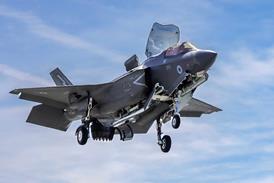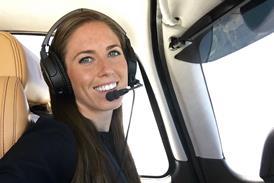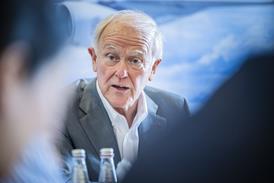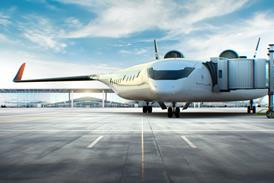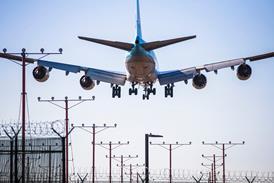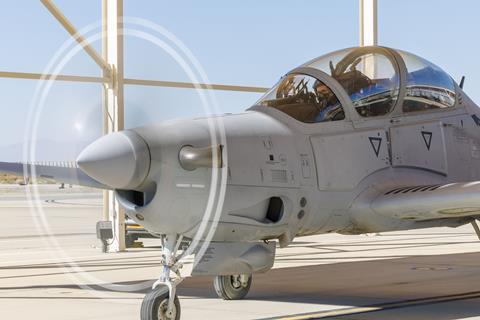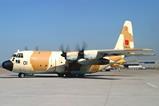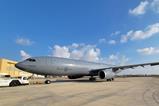The US Air Force (USAF) has formally begun operations with the Embraer A-29C Super Tucano turboprop, which is being incorporated into the service’s test pilot programme at Edwards AFB in California.
Three A-29Cs were transferred to the test pilot school in the High Desert after being acquired from US Special Operations Command in late 2024. The light-weight turboprops will be used for spin and stall training, in addition to testing systems mounted on underwing pylons.
Pilots and contractors from Sierra Nevada Corporation have been working for the past six months to develop new flight procedures and prepare the aircraft for duty after having been placed into storage at Davis-Monthan AFB in Arizona.
Accomplishing that feat was apparently far more complicated than normal restorations, as the USAF did not previously operate the A-29 and had no pilots qualified on the type.
In order to transfer the three Super Tucanos from Arizona to California, test pilot instructors from Edwards had to complete ferry flights with what the air force describes as “zero formal flight training” on the A-29C.
This was accomplished by studying the turboprop’s flight manual, and engaging in discussions with maintenance personnel, according to the test pilot school.
Instructors identified to carry out the Super Tucano transfers first completed qualification flights on other single-engined turboprops, including the Pilatus PC-21 and Textron Beechcraft T-6 Texan. These have similar flying and handling characteristics, according to the air force.
“The thrill of getting into an aircraft I’ve never flown before, solo, was unmatched,” says Major Mateusz Borek, A-29 chief pilot for the test pilot school.
“I studied the flight manual meticulously and mentally rehearsed the flight more than I can remember,” he adds.
That approach proved effective and the ferry flights to Edwards were completed without incident.
Since then, the air force says the test pilot instructors have thoroughly studied the aircraft, refined procedures and developed a comprehensive training plan on the A-29C for new trainees. The school says the Super Tucano will be used for multiple lessons, including stall and spin training.
“Evaluating and testing aircraft stall and spin characteristics is a crucial skill set for every graduate of a test pilot school,” the air force notes.
Those functions are currently trained using a glider vehicle and a Lockheed Martin F-16.
However, the air force notes both those options come with limitations. The glider offers limited repetitions and flight dynamics, while the F-16 is only applicable to students assigned to test fighter aircraft.
The A-29C will offer a more widely applicable alternative that can be operated at lower cost than a jet, while reducing flight hours and maintenance for the F-16 fleet.
In addition to spins and stalls, the small Super Tucano fleet will be used to practice with weapons and mission systems, including laser-guided bombs and rockets, the L3Harris Wescam MX-15 sensor and Link 16 data communication radio.
“These systems will equip students with the knowledge and skills necessary to test and evaluate similar mission systems on current and emerging platforms,” the test pilot school says.
Each A-29C offers five hardpoint weapon stations, plus a backseat operations station in the cockpit that could be used to test developmental combat systems, such as in-flight control of remotely piloted aircraft or managing the operations of the autonomous collaborative platforms.
Test pilot students are expected to begin flying the A-29C later this summer.


